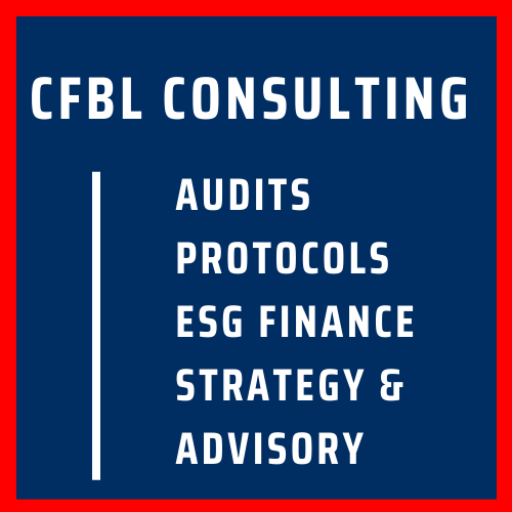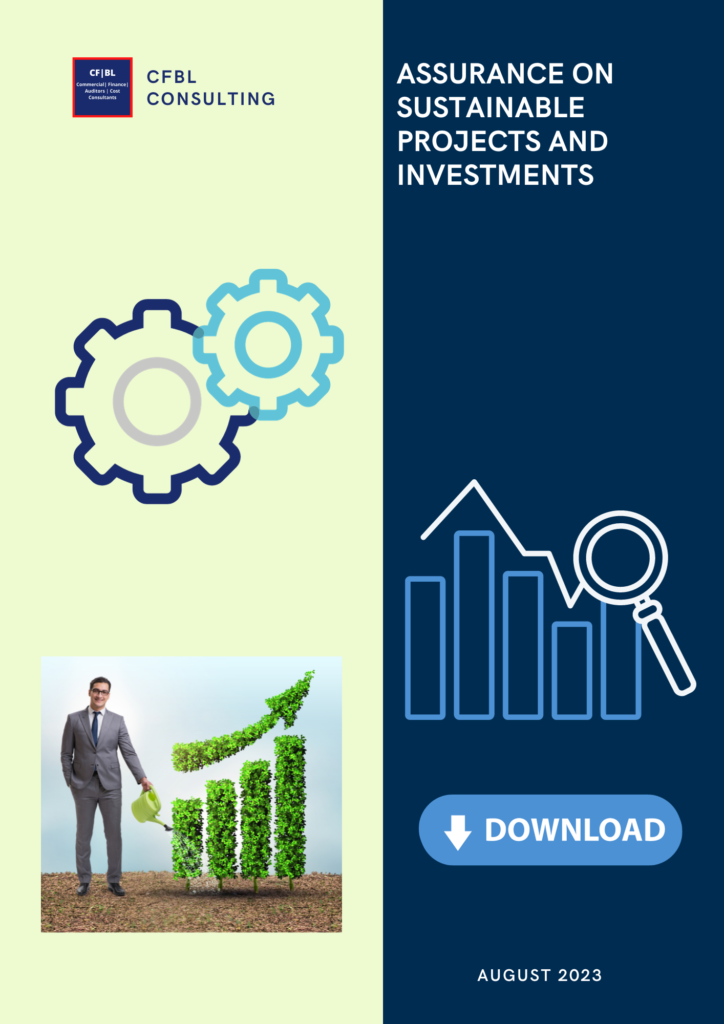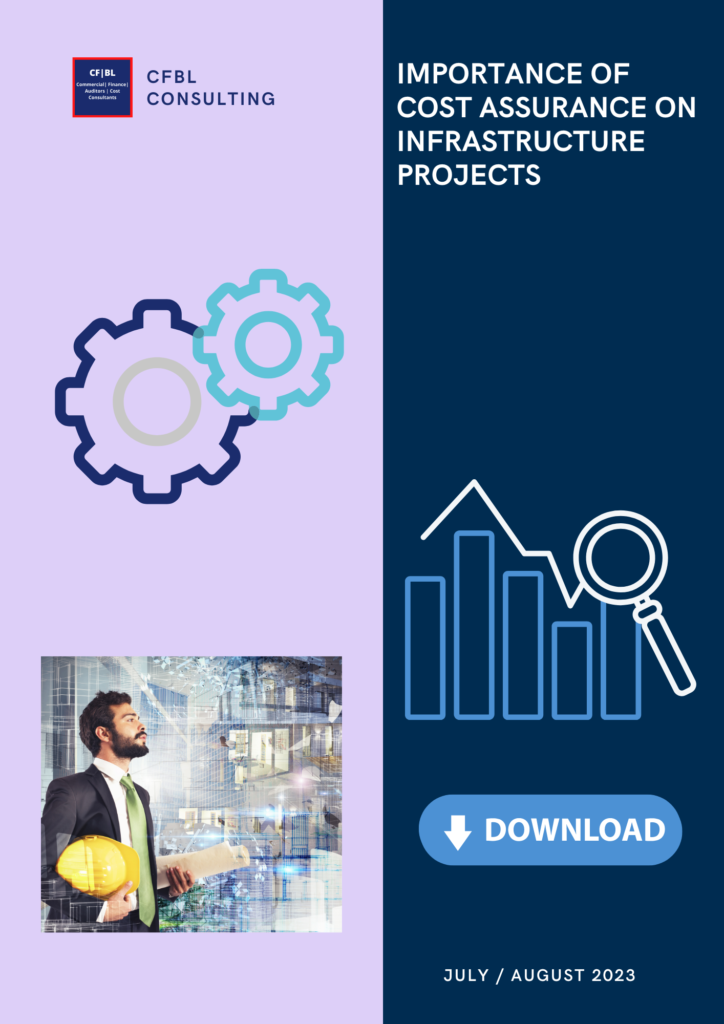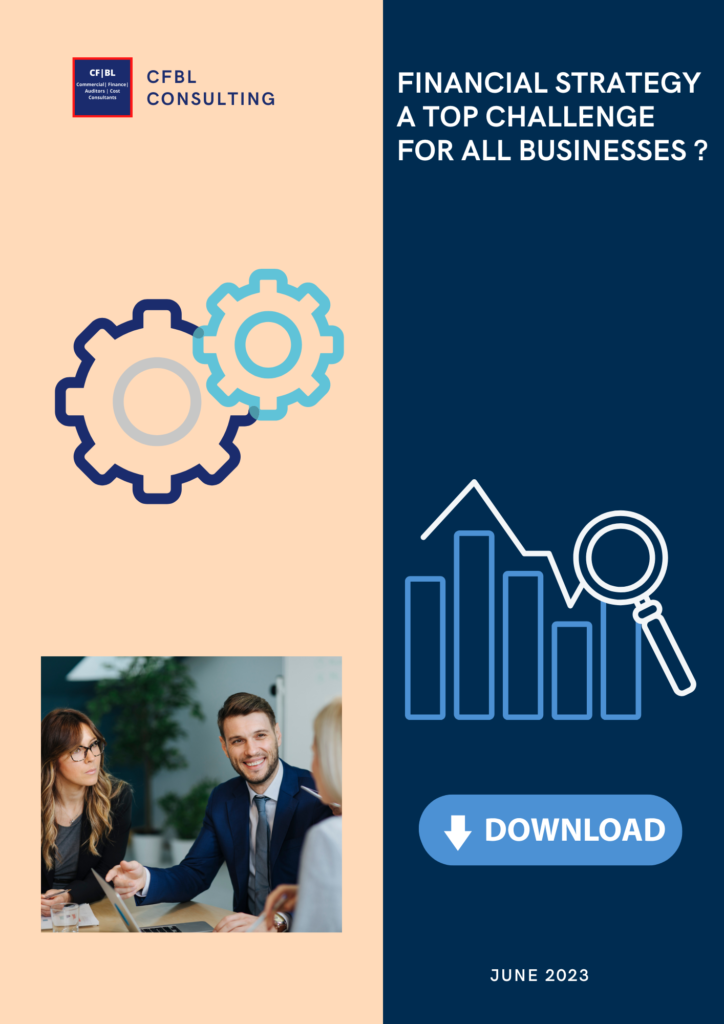Strategic Planning and Capex Overview
“Capex investments are vital for the developing, enhancing or acquisition of physical infrastructure assets or intangibles e.g., technology that are catalysts for economic development and growth.”
The strategic planning of financial investments in capex can strengthen risk management and circumvent risks on infrastructure projects helping businesses perform better. It is crucial for firms to strategically plan and monitor risks relating to CAPEX investments to realise a positive return on investment. it is vital for this strategy to include monitoring, risk management and control to achieve a positive return on investment, sustainable value and planned benefits for example;
- Gaining a competitive advantage
- Increasing market share and revenue
- Optimising costs and profits

Capex investment and purpose
“The key purpose of Capex is that it increases the financial potential of a business helping to boost its value and viability. According to Office for National Statistics (ONS) investments in UK Capex grew by 4.5% in Quarter 2 (Apr-Jun) 2021, revised up from the provisional estimate of 2.4%.”
Understanding the return on investment, sustainable value, and opportunities from Capex investments in the pre-contract and planning phase of new projects is key. Capex investment can have a great impact on a company’s asset portfolio. They play an important role in increasing the overall value of a business which can further attract investors as it highlights the potential for cash flow from increased financial performance and the viability of future revenue and profit forecasts.

Related: Governance assurance of CAPEX spending
Types of CAPEX Spending
Maintenance Capex is the cost that a business must incur to maintain the existing level of operations (e.g., repairing equipment and periodic system updates). If assets are not maintained, ongoing operations would be unable to continue, which would negatively affect performance.
“Maintenance Capex entails mandatory spending to continue operations and is the spending associated with sustaining current revenue and profit levels while growth Capex is the company’s discretionary spending on new innovative growth strategies.”
Growth Capex is the investment to attract more clients and expand a business’ geographical reach. This usually entails increasing market share, geographic expansion, and introducing a new product or service line.
CAPEX Investments or Spending
Purchasing long-term tangible or fixed assets used for a business’ operating activities is referred to as capital spending or expenditure (or “Capex” for short).
Capital expenditure also known as Capex is the funds that businesses use for acquiring or upgrading tangible or intangible assets. The assets can be enhancing property, new plants or upgrading technology for innovation. The payment for these assets may be by cash or credit. For a business to expand and maintain its operations, it must invest in new property, plant, equipment (PPE) and technology. Capital expenditure spending is closely monitored by financial analysts and investors although it does not immediately appear on the income statement, it can significantly affect cash flow if not strategically planned.
Key Tips for Capex Investments
- Evidence of forecast return on investment (ROI)
- Strategy for funding and maintaining the capital investment
- Optimising costs and revenue relating to the investment asset
“The purchasing of long-term tangible or fixed assets used for a business’ operating activities is referred to as capital spending or expenditure (or “Capex” for short).”

Benefits of Capex
Capex spending is important in executing new projects or investing in new business assets. Capex funding is vital for the acquisition, upgrading and enhancement of assets. CAPEX investments play an important role in helping a business grow, scale and transform through investments in innovation, tangible, and intangible assets. As a result, early investment in the assurance of investment benefits will build a more robust and viable Capex strategy.
Key Capex Benefits
- Enhancing assets and boosting the balance sheet
- Increasing revenue stream and cashflow
- Attracting new investors and funders
- Boosting the efficiency of business operations
- Optimising costs in the long term
Statistics

The data above from 2019 show the leading objective as cloud services that can drive investments in operational efficiency and automation. The statistics reveal that 27 per cent of respondents from the public sector reported that improving customer satisfaction is the driving investment initiative within their business.
“This is one example that Capex’s investments in new technology or upgrading it can help gain a competitive edge and boost financial performance.”
Capitalising versus Expensing cost
The duration that the useful economic benefit from an investment is expected to last determines whether it should be capitalised or expensed.
“Benefits with a shorter duration must be immediately expensed on the income statement (less than a year). While benefits must be recognised as an asset on the balance sheet if it lasts longer than a year.”
It is important to note that funds spent on repairing or in conducting continuing maintenance on assets are not capital expenditures and should be expensed on the income statement when incurred as repair or maintenance expenses.

Importance of planning CAPEX spending
Decisions on how much of retained profits a business should invest in capital expenditure are important for the following reasons:
- Capital investment decisions are drivers of the following – the direction of a business, the long-term strategic goals, as well as the robustness of the planning and budgeting process
- Capital investments in physical assets like plants, equipment, or property offer the potential of providing increased benefits and long-term sustainability or viability of a business
- Capital expenditure spending is difficult to reverse without the company incurring losses.
Challenges of Accounting for CAPEX spending
The accounting process of identifying, measuring, and estimating costs related to capital expenditure can be complicated. The costs, benefits and value to be obtained from the capital expenditure, are usually stretched over long periods e.g., 5-10 years for infrastructure, construction or technology projects.
“At CFBL consulting, we can assist from end to end over the project lifecycle from CAPEX strategy development, to commercial, and financial controls and independent cost assurance reviews”.
CFBL can help by:
- Developing a sustainable CAPEX strategy
- Implementing commercial, and financial controls.
- Developing and implementing protocols for Capital expenditure
- Establishing a Capex governance and gateway process
- Delivering cost audit on CAPEX-funded projects

Governance & Assurance of CAPEX Spending
“Effective commercial and financial controls provide confidence and assurance to key stakeholders on planned benefit realisation, this can help strengthen a company’s asset portfolio, attract further investors or funders and boost a business’s financial performance.”
Capex governance via transparent independent audits helps by strengthening the Capex portfolio, minimising cost overruns and increasing the success rate of infrastructure projects. Independent cost audits and risk reviews early in the project lifecycle help set the scene for a robust control environment by verifying the effectiveness of commercial and financial controls. These help by
- Providing assurance of cost, time and delivery.
- Instilling confidence in project cost controls and progress
- Gaining the trust of investors and stakeholders
References
- https://www.ons.gov.uk/economy/grossdomesticproductgdp/bulletins/businessinvestment/apriltojune2021revisedresults
- https://www.statista.com/statistics/1104968/worldwide-edge-manufacturing-infrastructure/
What CFBL Consulting does
CFBL consulting offers cost assurance audits and sustainable strategy consulting services. This includes an initial ESG assessment, X-ray view of actual costs to prevent or evidence greenwashing, impact reporting, payroll audit to safeguard equal pay and practical training on how to embed ESG KPIs into finance, commercial and project investment decisions. We identify, resolve, and follow through. By establishing ourselves as strategic partners, we govern and help implement sustainable strategies. Our roadmaps ensure that project plans are successful, as a result, we measure our success by yours.
Click to download our Reports







Past Blogs

Rising costs, Increased Complexity, and Risk on Global Infrastructure Projects

How to maintain the best financial resilience strategy

Open Book Accounting in a Challenging Economy

Risks and Benefits of Companies Going Net-Zero

How Can Disallowed Costs Impact Revenue?

Why Capex Investments Need a Strategy
Testimonials





